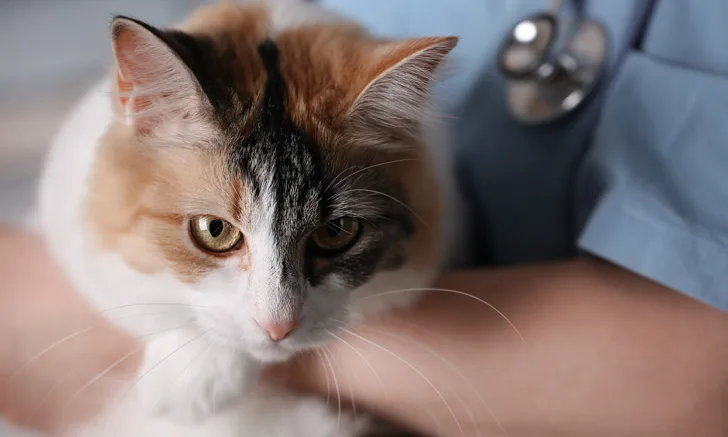Alternative Protocol for Feline Diabetic Ketoacidosis (DKA)
Thomas Schermerhorn, VMD, DACVIM (SAIM), Kansas State University

In the Literature
Zeugswetter FK, Luckschander-Zeller N, Karlovits S, Rand JS. Glargine versus regular insulin protocol in feline diabetic ketoacidosis. J Vet Emerg Crit Care (San Antonio). 2021;31(4):459-468.
The Research …
Diabetic ketoacidosis (DKA) is a complicated presentation of diabetes characterized by hyperglycemia and hyperketonemia. Cats with DKA are often presented with severe metabolic disturbances, including volume deficit, electrolyte abnormalities, and metabolic acidosis. Affected cats are often critically ill on presentation and require aggressive treatment to survive.
Principal goals when beginning treatment should include volume replacement and administration of insulin to address hyperglycemia and arrest ketone production, which has traditionally been achieved using a short-acting insulin formulation administered via intermittent injection or CRI. Various protocols using regular or another short-acting insulin formulation with or without the addition of insulin glargine have been successfully used to treat DKA in cats.
This study compared 2 insulin protocols for the initial treatment of cats with DKA. Standardized clinical criteria were used to diagnose DKA in 20 cats. Cats were then randomly selected to receive either a standard regular insulin CRI or an alternative protocol of insulin glargine given via intermittent injection (basal-bolus protocol). Insulin glargine was initially given at 2 Units/cat SC, then given at 1 Unit/cat IM after 2 hours, and continued at 1 Unit/cat IM every 4 hours if glucose remained >250 mg/dL.
Time between initiation of insulin treatment and improvement in hyperglycemia was significantly shorter in cats receiving the basal-bolus glargine insulin protocol; hospital stay was also significantly shorter compared with cats receiving only regular insulin. Although there was no difference between protocols for time to resolution of ketonemia, which was the main outcome the study intended to measure, the study may have been underpowered to make this determination.
Studies that examine clinically relevant outcomes following specific interventions are needed in veterinary endocrinology. Regular insulin given via CRI (alternatively, via intermittent injection) is the most common protocol for early insulin replacement in cats with DKA. Other short-acting insulins (eg, insulin lispro) as a CRI or intermittent injection have been reported, however, and several studies had good outcomes with use of a long-acting insulin (usually glargine).1-3
… The Takeaways
Key pearls to put into practice:
Basal-bolus administration of insulin glargine offers a useful alternative to CRI administration of regular insulin.
Higher costs associated with insulin glargine may be offset by faster clinical improvement and shortened hospital stay. For cats managed with glargine, the insulin prescribed for in-hospital use can be dispensed for at-home use.
The glargine protocol in this study appears to be safe and effective for controlling hyperglycemia and hyperketonemia in cats with DKA. Regardless of the insulin protocol selected, success requires effective management of fluid balance, electrolyte disturbances, acidosis, and any concurrent disorders.
You are reading 2-Minute Takeaways, a research summary resource presented by Clinician’s Brief. Clinician’s Brief does not conduct primary research.